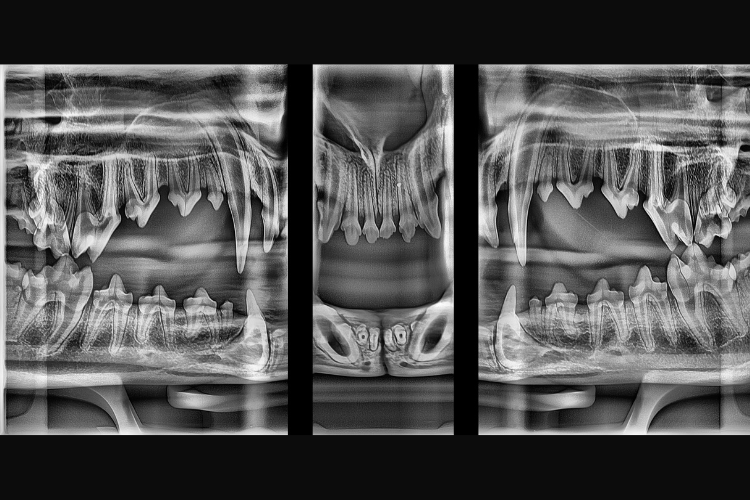Anyone who has spent 30 minutes imaging each and every tooth during a patient’s dental exam will be awed by the fact that the scans shown here were taken in 20 seconds.
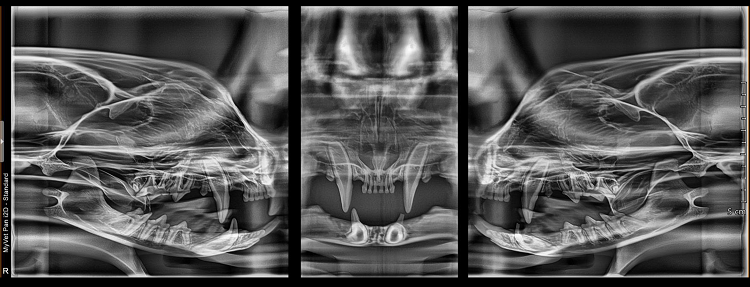.png)
The look of astonishment is something that Patterson Equipment Specialist Shawn Gann has seen before. Equipment specialists help teams select the right equipment for your practice, including installation and training. “The Pan i2D system for dental X-rays has been quite a topic. It basically does a panoramic scan of the whole mouth very fast. In practice, when they’re taking dental X-rays, it can take technicians anywhere from 15 to 30 minutes to acquire every image all the way around the mouth with dental X-ray. This pano device allows them to position the patient and it rotates around a 180-degree angle – all the way around – to take that image in less than 20 seconds; that’s really fast,” Gann said.
The idea came from the human side, and it was a company called MyVet Imaging that decided to make it a reality. Tom Sterne, regional manager at MyVet, said, “Most of us see our dentists on a regular basis, and every couple of years they say it’s time for your panoramic shot. We’re all used to doing that.”
“We took that bit of information and looked at it and said, this would be a great tool for the veterinary space. We took that technology and tweaked it for use in animal hospitals. Obviously, all the imaging algorithms had to be changed and whatnot. But we managed to do that. So the reason we came up with it was we knew we could, and we didn’t think anybody else in this veterinary space had the desire or the know-how to be able to do it.”
Gann added perspective. “If during a yearly visit, a pet gets a scan like this and it visibly shows from year to year what is going on or if there’s progression, that helps owners. They see a tooth getting worse and worse and worse. But they understand it because with the visual aspect, it’s huge.” He added, “People are taking better care of their pets, and getting dentals done once a year is a big part of a general practice. But the visual aspect, I think, is where we lacked a little bit. The ability to easily show clients what’s going on is something that this panoramic really does great. It allows them to be able to see it in a way that we are used to seeing our own mouths.”
You get everything in one study and can accomplish this during a patient’s yearly wellness check. Should procedures be needed, you can schedule them for the near future.
Sterne said, “Veterinarians don’t want to have to put dogs under if they don’t have to, especially older dogs who are weaker. So because of the shortness of the scan time, you don’t necessarily have to intubate. Now, I’ll never tell anybody how to practice; I’m not a veterinarian, so it’s not my place, but a good portion of the people who utilize the system do not fully sedate and thus intubate the patients. They put them in a light twilight sleep. Basically, the animal only has to be still for about three minutes. We figure from the time you position the patient on the table, get everything lined up, lasers lined up, do your scan, it’s going to be roughly three minutes of total time.”
Share
Related blogs
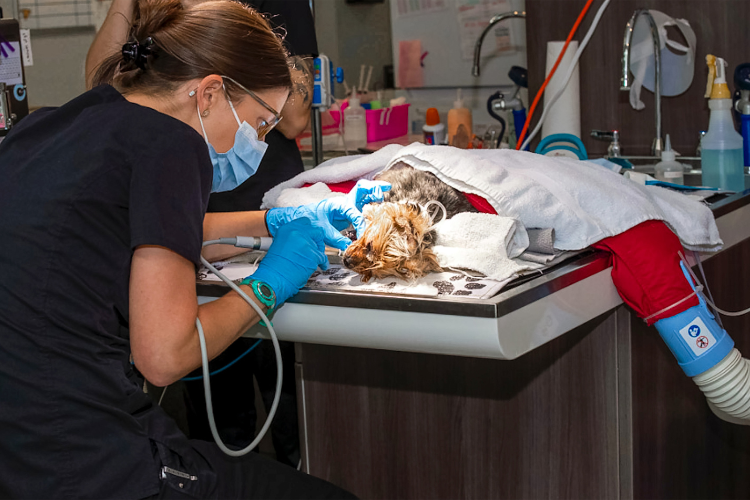
6 Sneaky Signs Your Dental Unit Might Need Maintenance
Issues with dental units can sneak up on veterinary practices. Even subtle problems can impact patient care and add stress to your practice. Fortunately, it’s possible to catch issues early! We've gathered six sneaky signs that can alert you to problems.
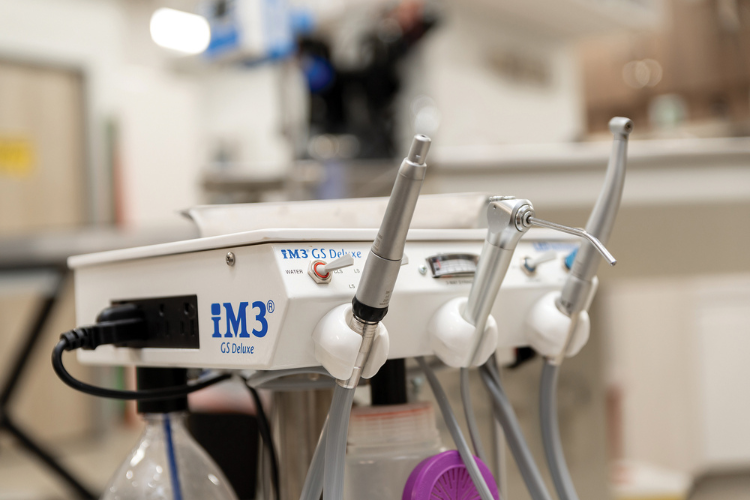
The Deluxe LED Bundle that Stands Apart
The iM3 dental unit is a mainstay in veterinary clinics worldwide. The GS Deluxe features robust construction and a simple design, with all the essential tools needed for dental care. Find out why we bundled this power couple, and what makes this particular combination an exceptional value for clinics of all sizes.
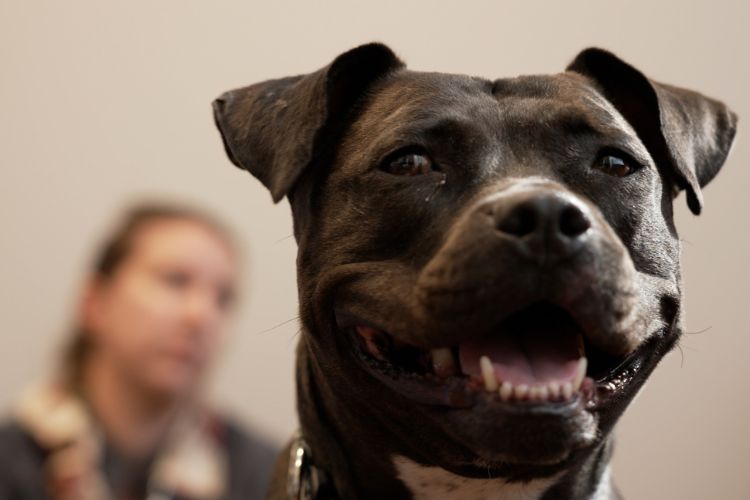
4 Reasons to be a Year-Round Advocate for Animal Oral Healthcare
Pet Pet Dental Health Month is a great way to bring awareness to the critical role that dental health plays in a pet’s overall health. However, outside of February, dental health serves as that pivotal piece in an animal’s overall welfare. Find 4 reasons vet care professionals should be stewards of animal oral healthcare all year long.
